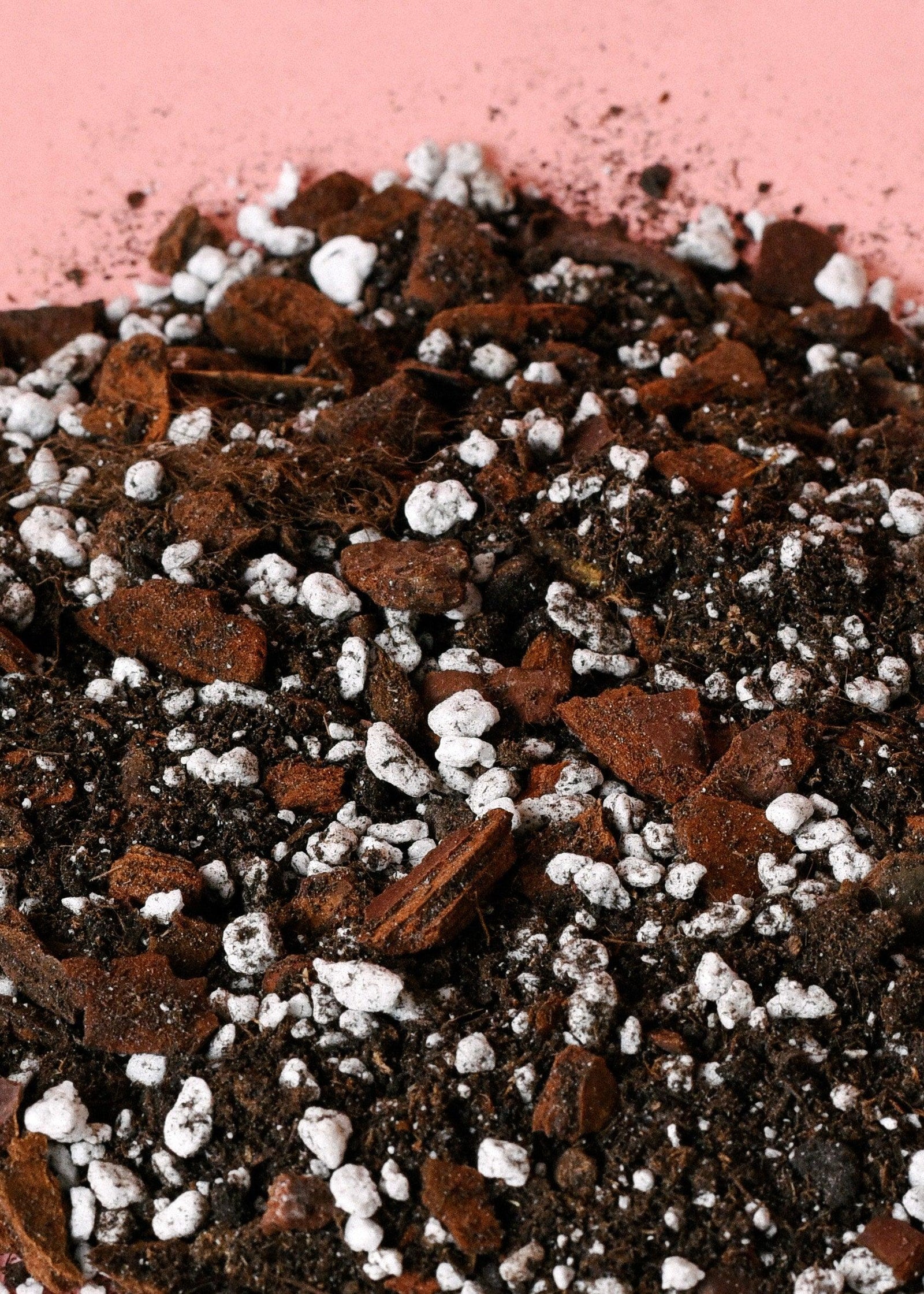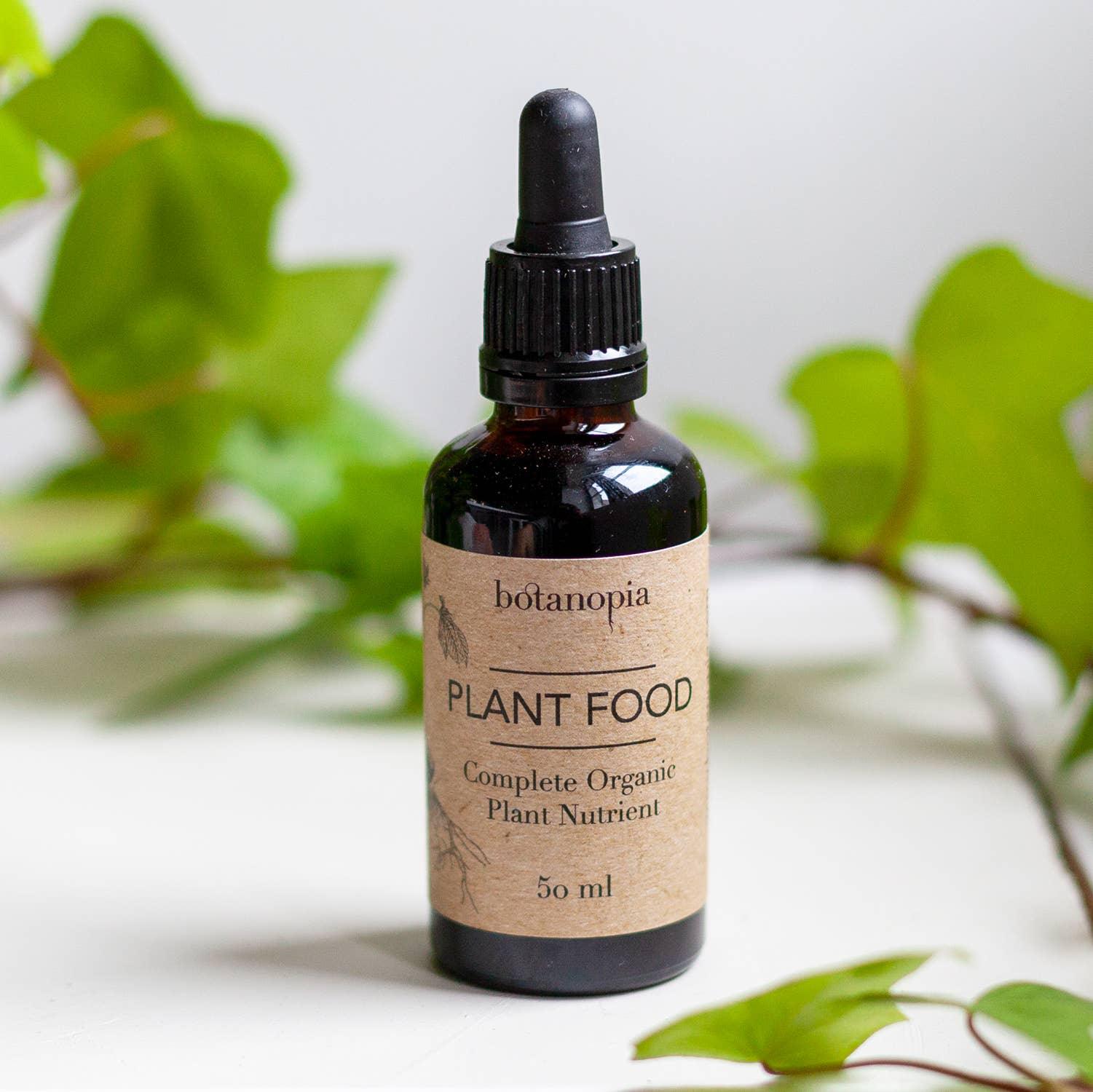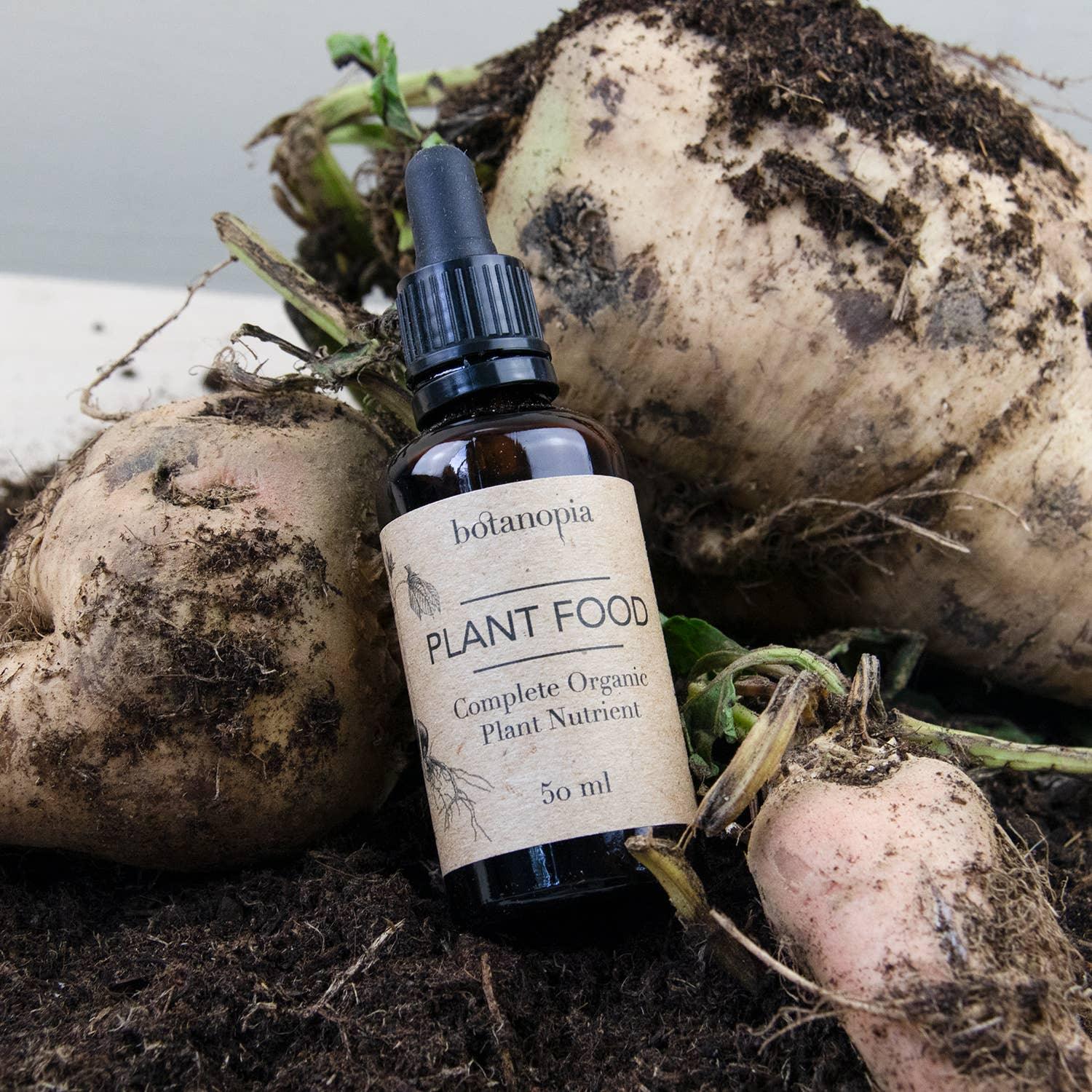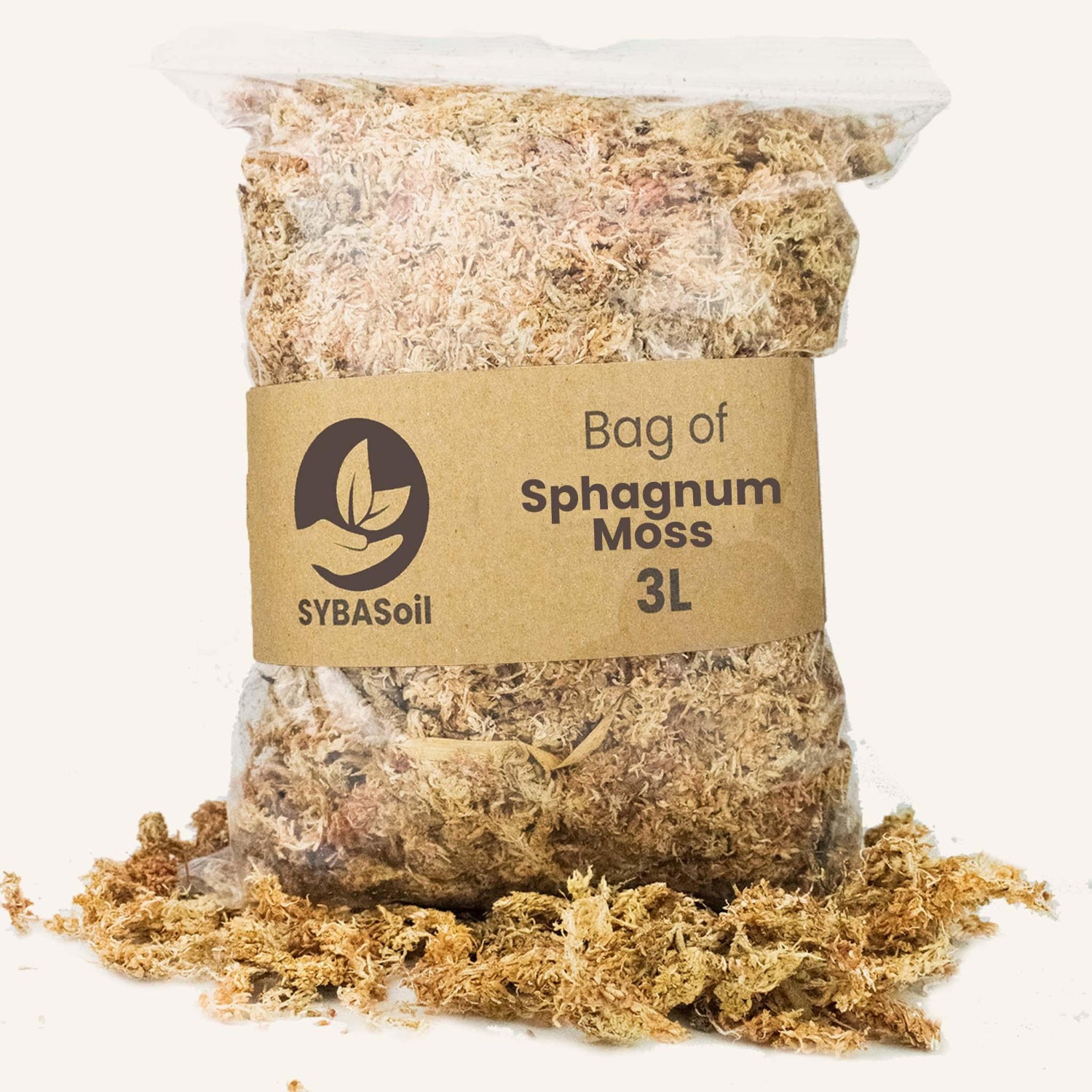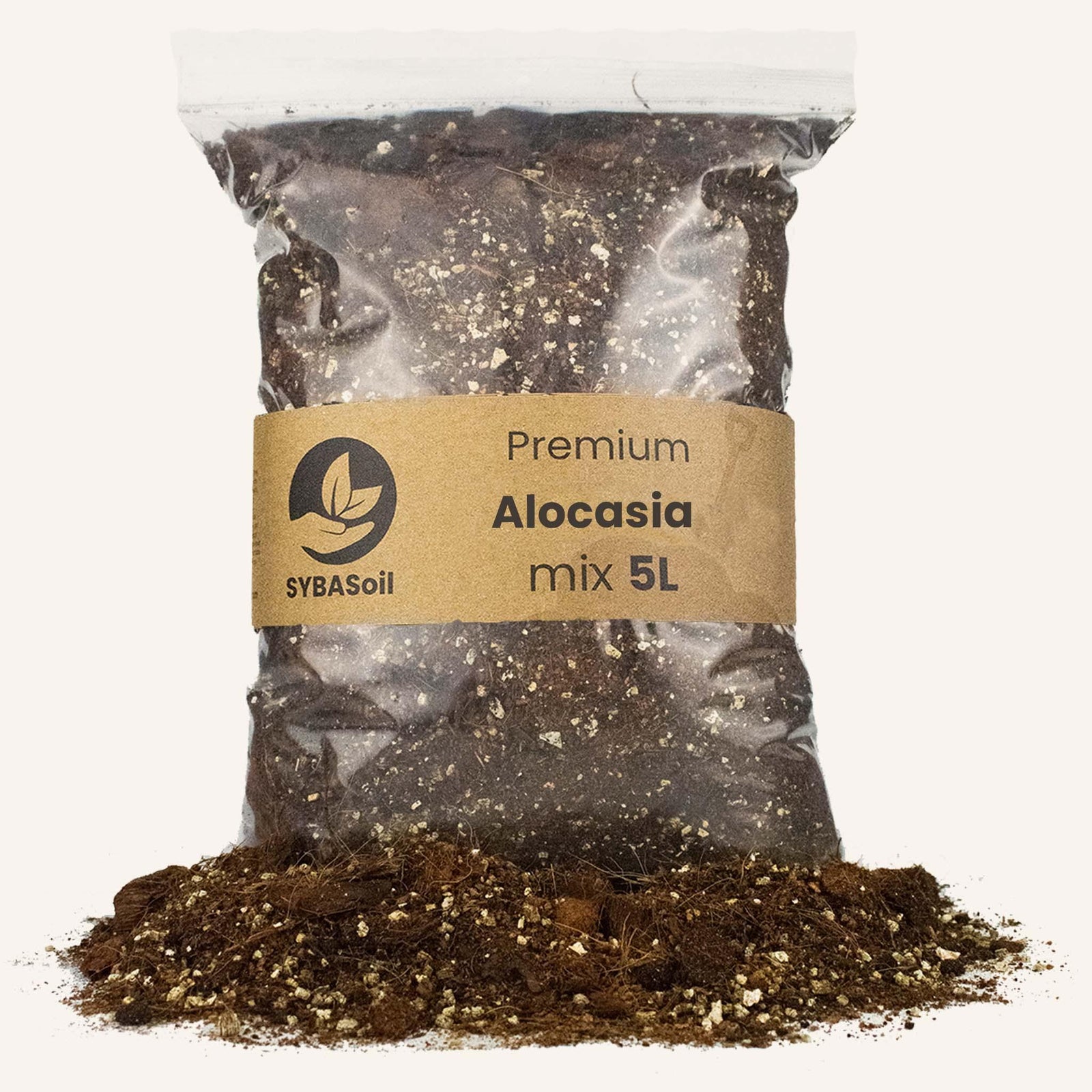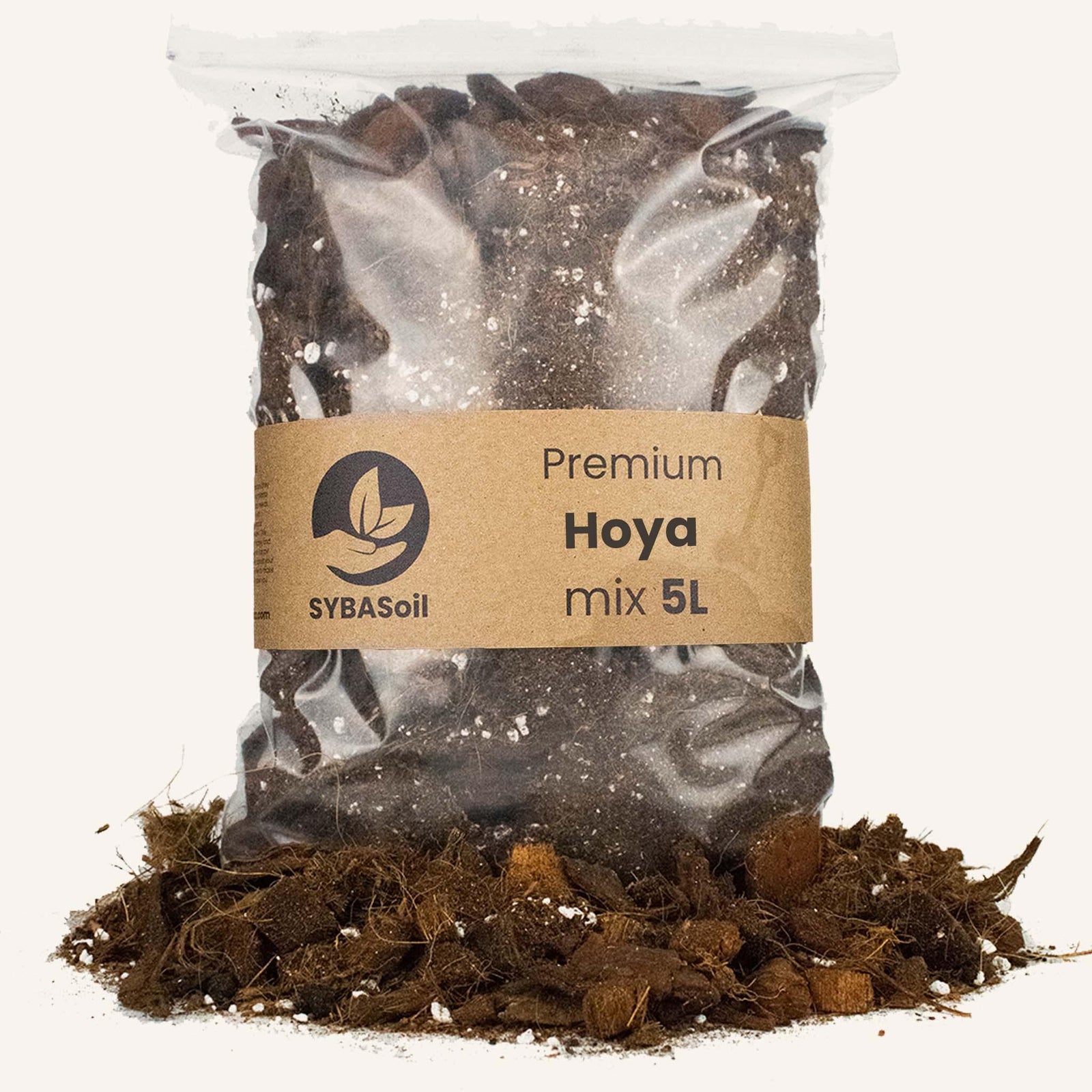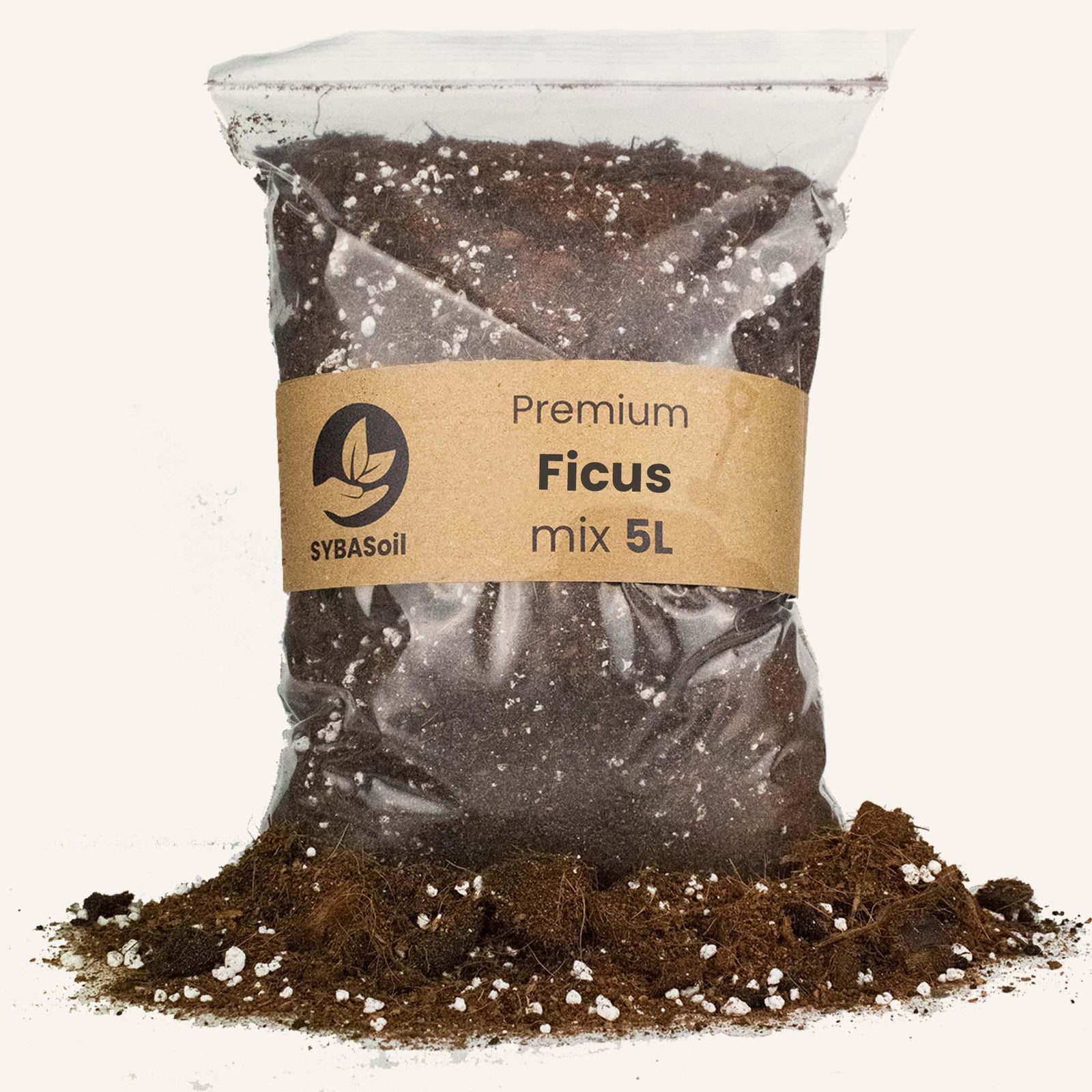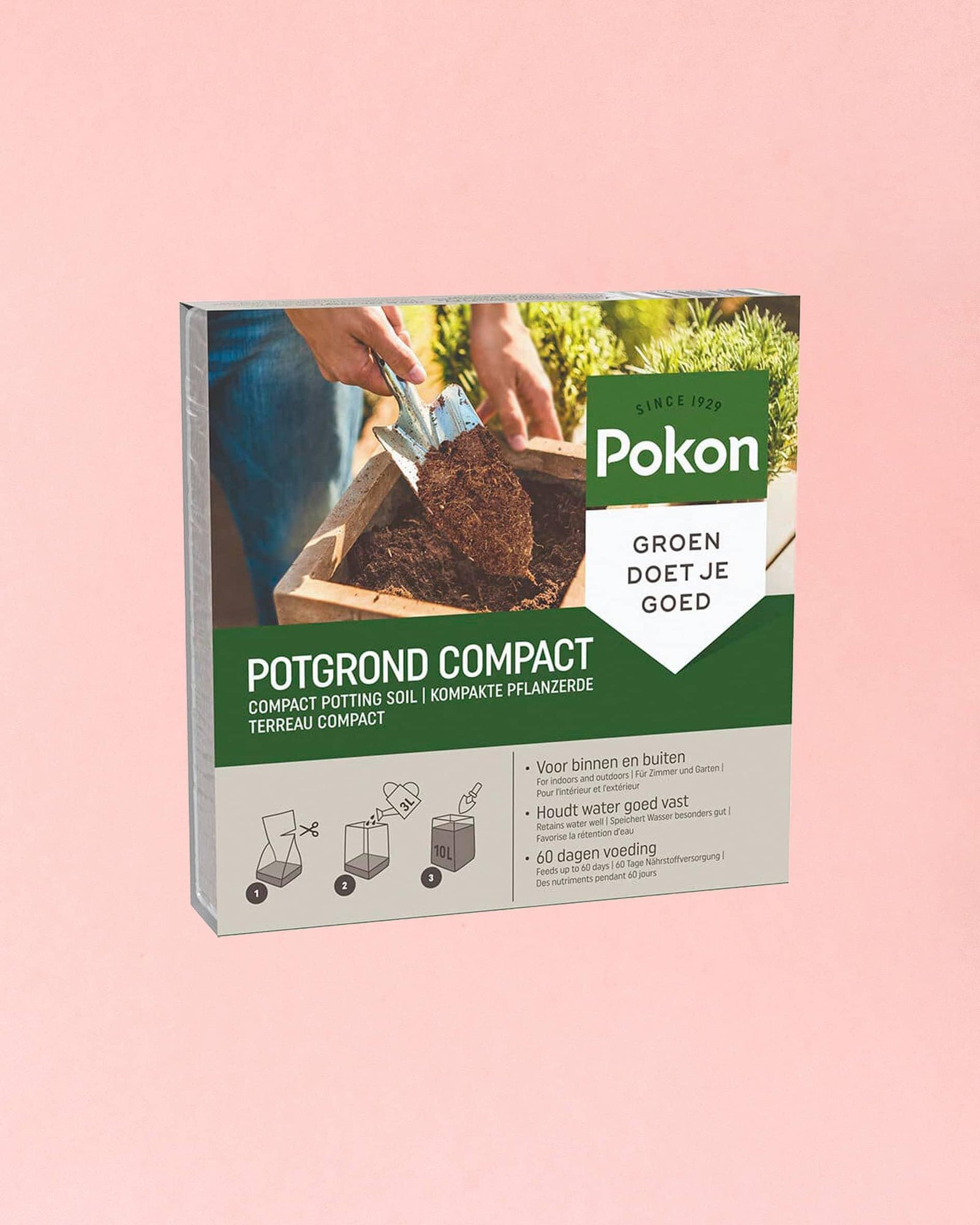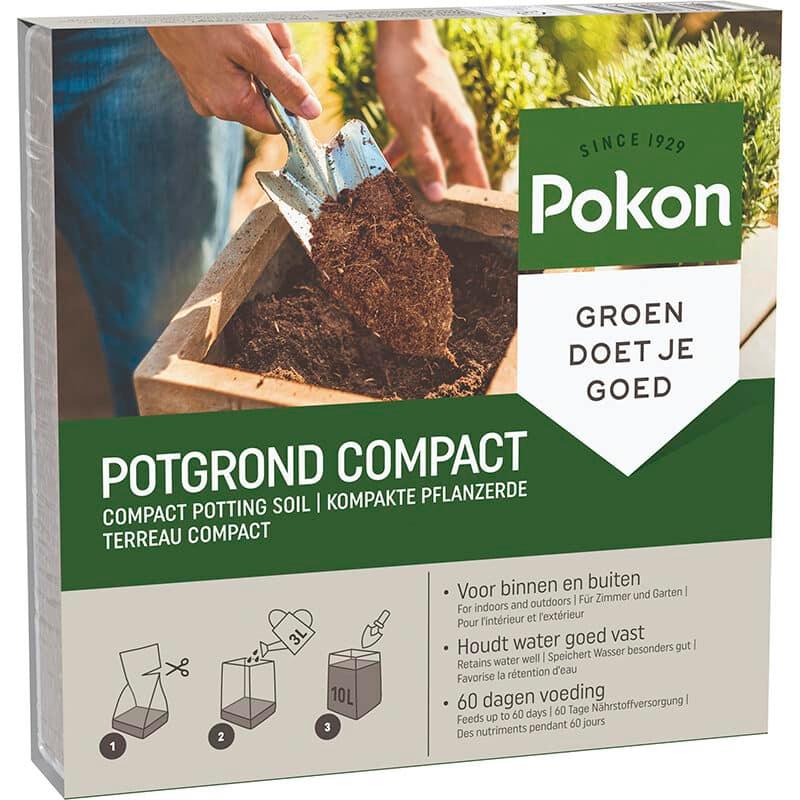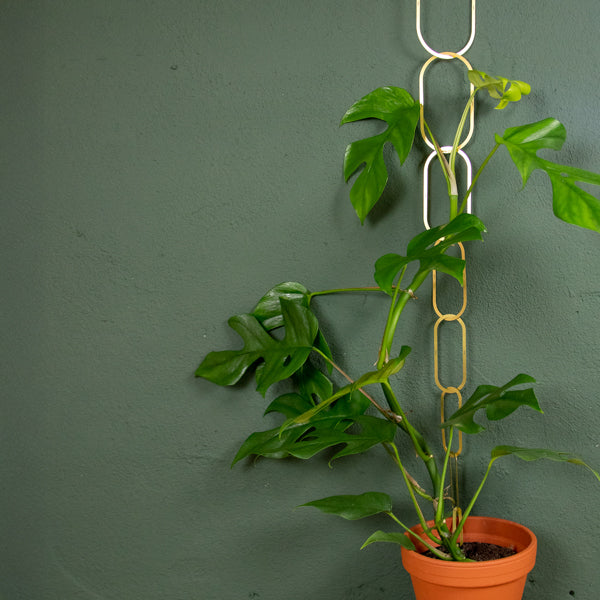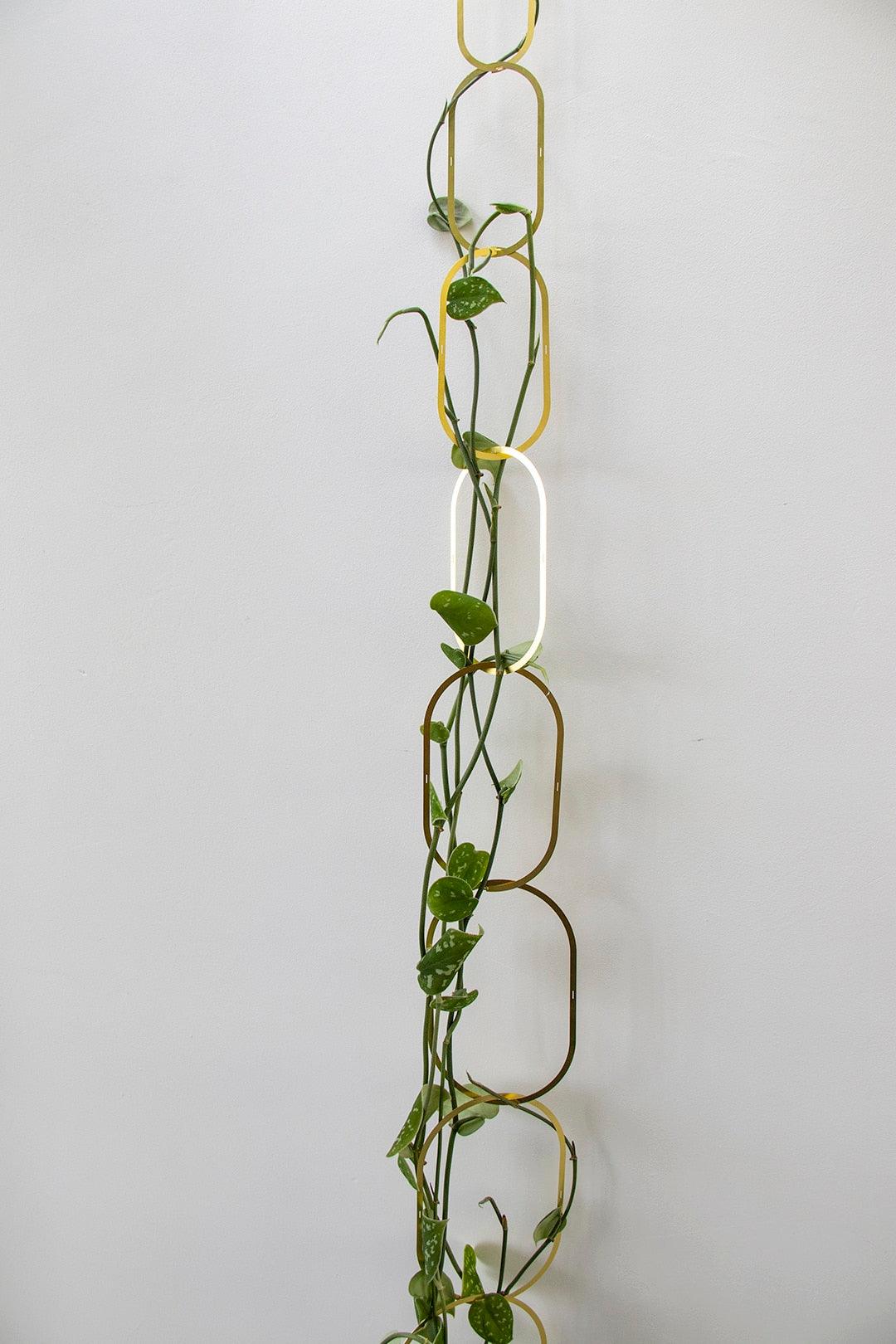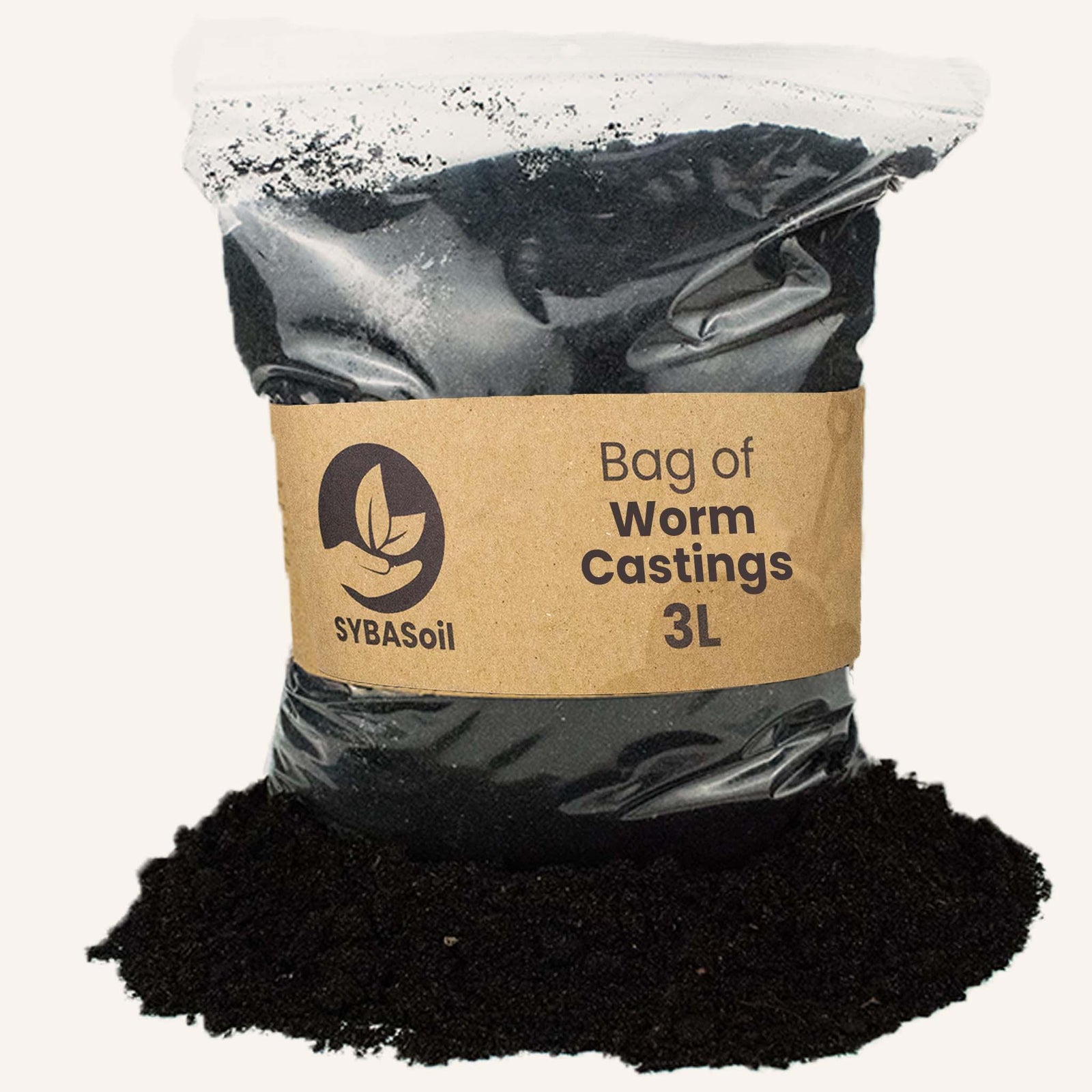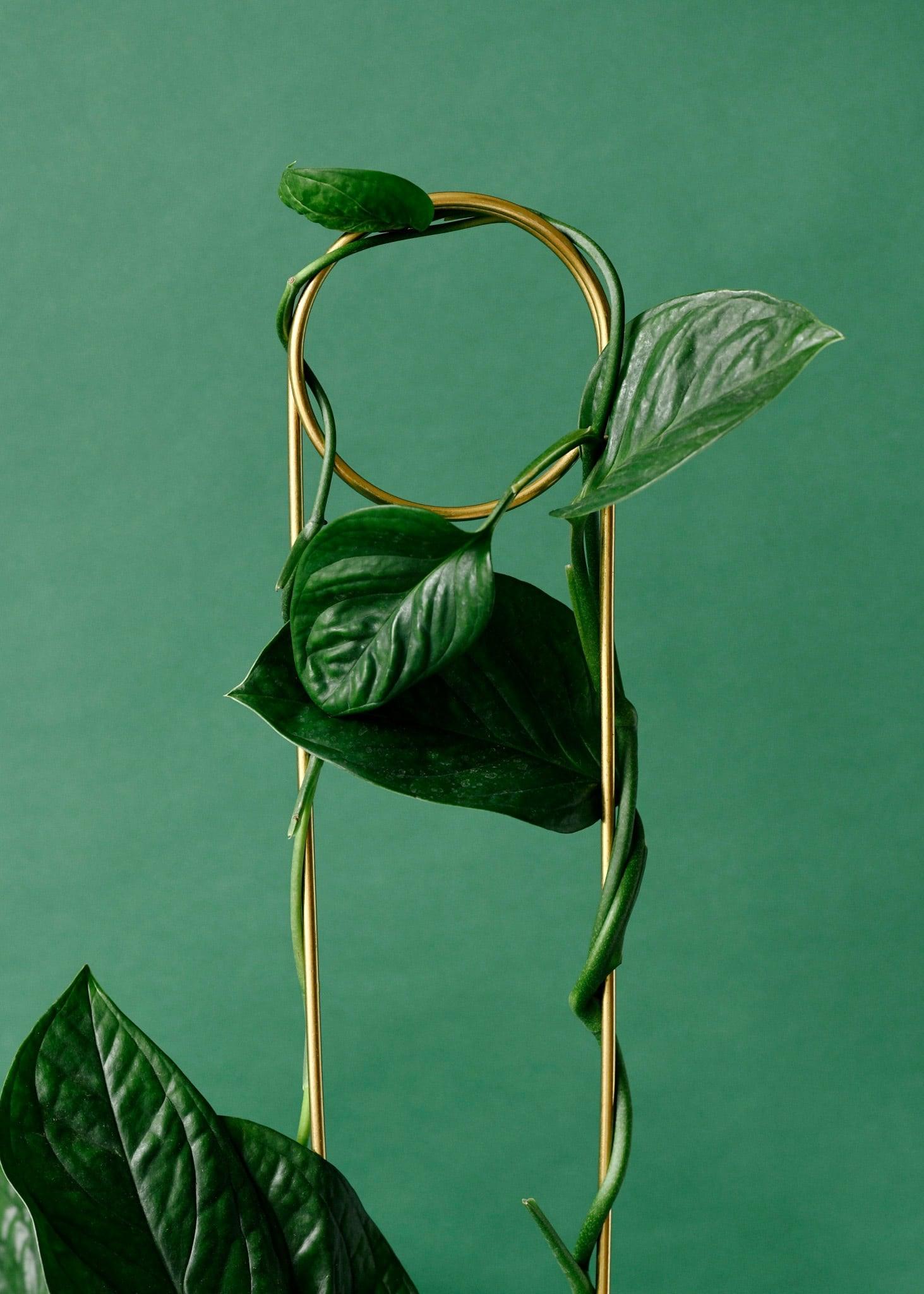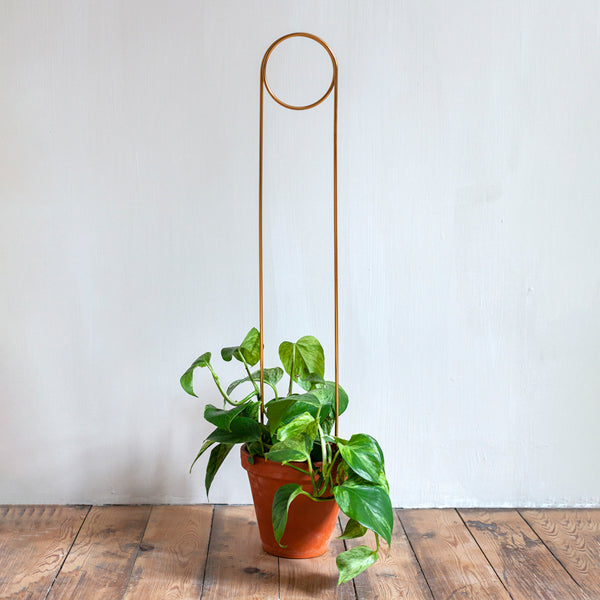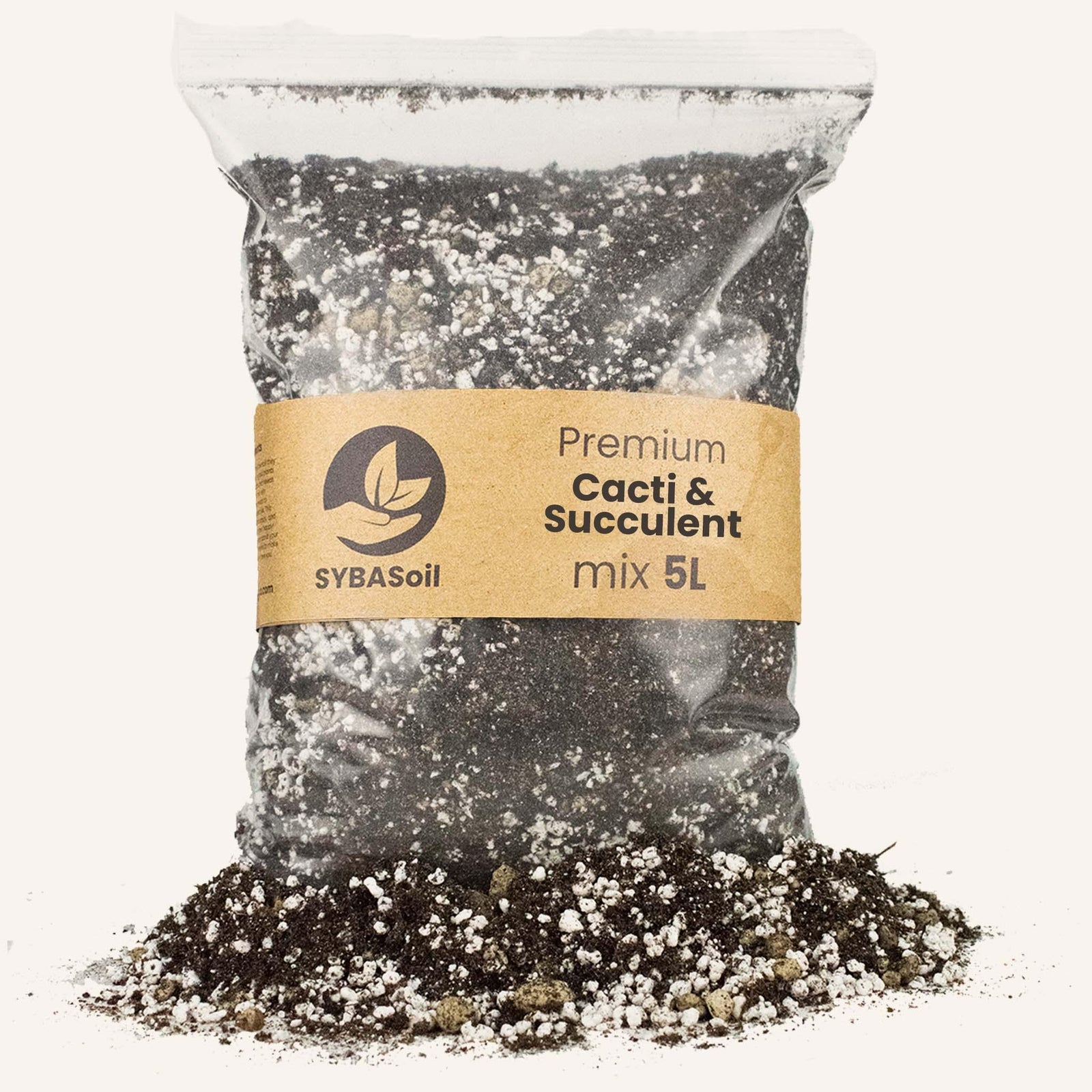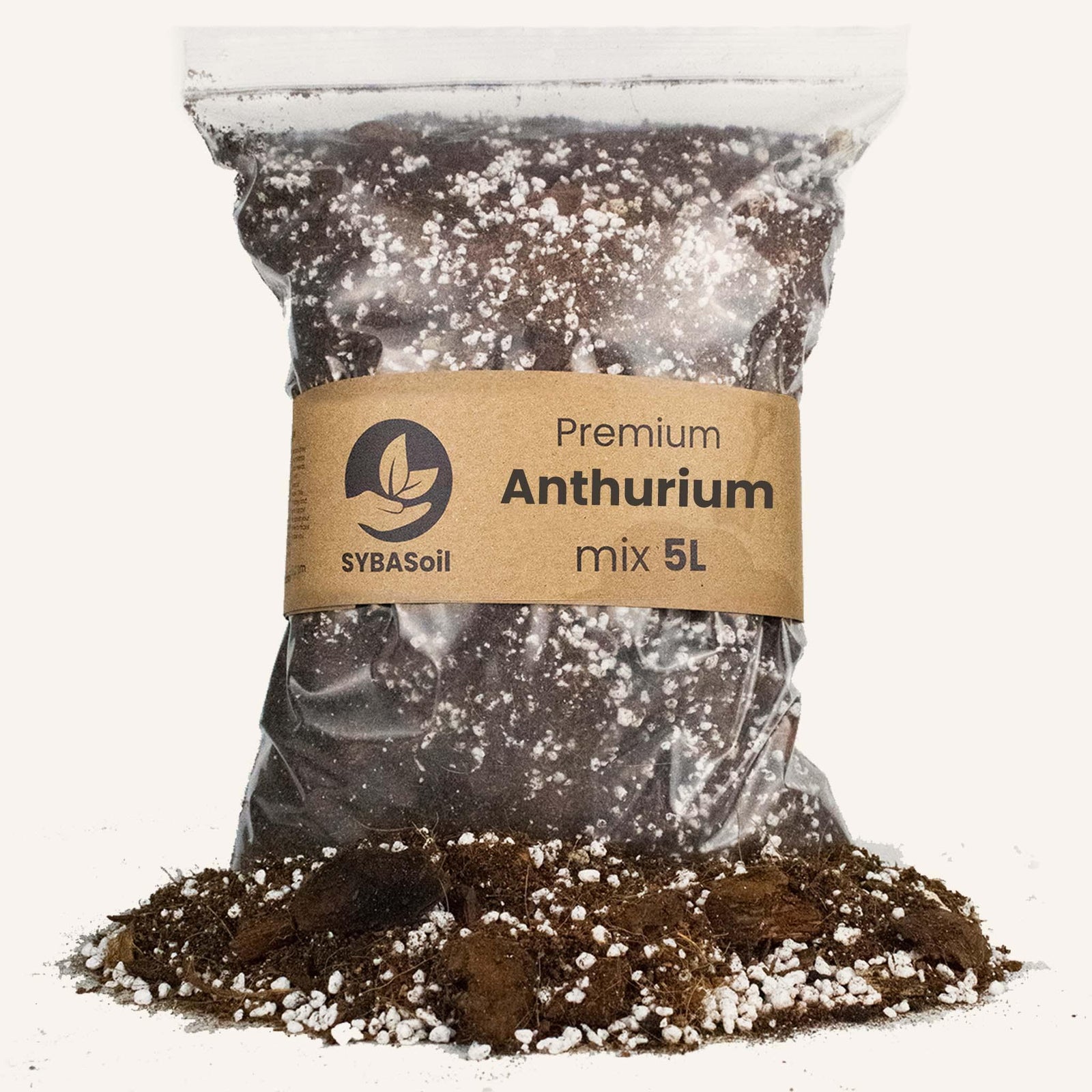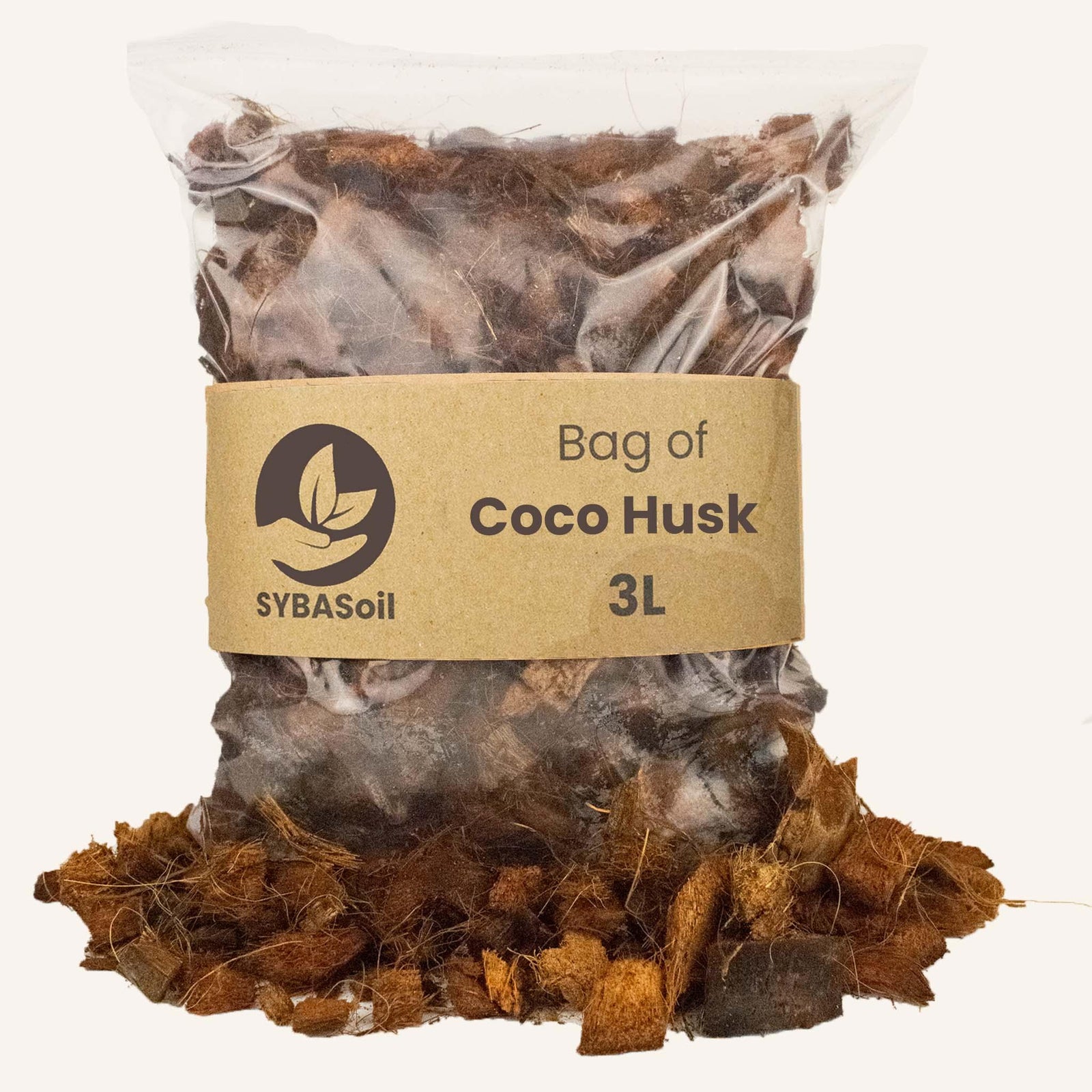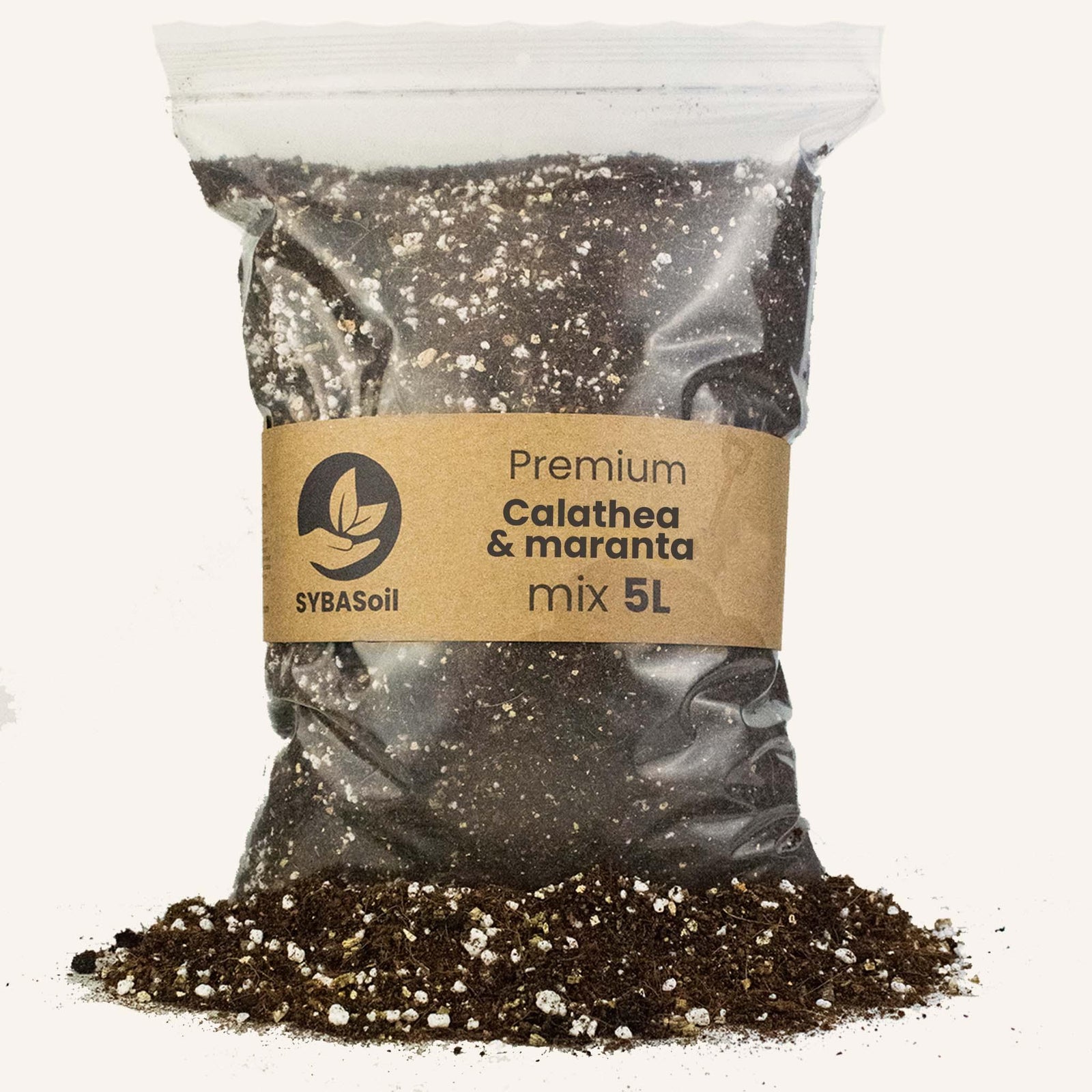Across the EU
60€ in Germany | 100€ Europe*
Founded 2017 in Berlin


Asplenium nidus 'Crispy Wave' Medium
Wave Hello to Lush Greenery: Asplenium nidus ‘Crispy Wave’ Medium
Asplenium nidus ‘Crispy Wave’ | Fast EU shipping | Grown with love in the EU | Pet-safe
Summary: With its elegant, rippled fronds and sculptural form, the medium Asplenium nidus ‘Crispy Wave’ turns any room into a tranquil green oasis. A perfect blend of style and easy care for European homes.
✨ Why You'll Love the Asplenium nidus ‘Crispy Wave’
- Wavy, bright-green fronds that bring instant vitality to your interior.
- Excellent air purifier—helps create a fresh, healthy indoor climate.
- Perfect size (P12, H25 cm) for desks, shelves, or bathroom décor.
- Thrives in lower light, making it ideal for German apartments and offices.
- Completely pet-safe—no worries for cat and dog owners.
🌞 Light & Placement
Prefers bright, indirect light or semi-shaded spots. Avoid harsh direct sunlight, which can burn its delicate leaves. Great for north- and east-facing windows in European homes.
💧 Water & Humidity
Keep the soil consistently moist but not waterlogged. Let the top layer dry slightly before watering again. The ‘Crispy Wave’ loves humidity—mist regularly or place near a humidifier, especially during dry indoor winters in Germany.
🪴 Soil & Potting
Use a loose, well-aerated, peat-free mix—combine houseplant compost with perlite or orchid bark for best results. Repot every 1–2 years in spring as roots expand.
🐾 Toxicity & Safety
Pet-safe! Non-toxic to cats and dogs, making it an excellent choice for family homes and shared spaces.
🌱 Growth & Propagation
Moderate grower that can reach up to 40–50 cm in height. Produces new fronds from its central rosette. Propagation from spores is possible but slow; most growers prefer to let it mature naturally.
📆 Seasonal & Special Care
Reduce watering slightly in winter, but keep humidity up. Clean the fronds occasionally with a soft cloth to remove dust and help the plant breathe. Avoid cold drafts and keep temperatures above 15°C.
🐛 Common Issues
Watch for browning edges—usually caused by dry air or overwatering. Check undersides of leaves for scale insects or mites, and treat with neem oil if necessary.
🧬 Botanical Background
The Asplenium nidus, or Bird’s Nest Fern, is a tropical species from Southeast Asia and Polynesia. The ‘Crispy Wave’ cultivar stands out for its undulating, resilient fronds and superior air-cleaning properties—earning it a reputation as one of the best indoor ferns in Europe.
🛒 Ready to transform your home into a jungle paradise?
Add Asplenium nidus ‘Crispy Wave’ Medium to your cart and enjoy fast, secure shipping across Germany and the EU!
check_circle In Stock

Asplenium nidus 'Crispy Wave' Medium
Shipping Information
expand_more
- All orders are subject to a €25 minimum order value requirement
- All orders are hand-picked and shipped from the Netherlands
- Plastic-free materials when possible
- Orders are usually processed in 1-3 working days and shipped via DPD and their international partner carriers
- At times, orders may take up to 7 days to ship
- Orders to Germany Free shipping over €60. Free shipping all other EU countries* at €100 (Except Malta and Cyprus)
- Shipping costs are calculated at checkout based on delivery country:
See our FAQ and Shipping Guarantee for any further Questions!



We think you will also love...
Plant Care Essentials
We have answers!
Orders & Support FAQ
See answers to some common questions.



